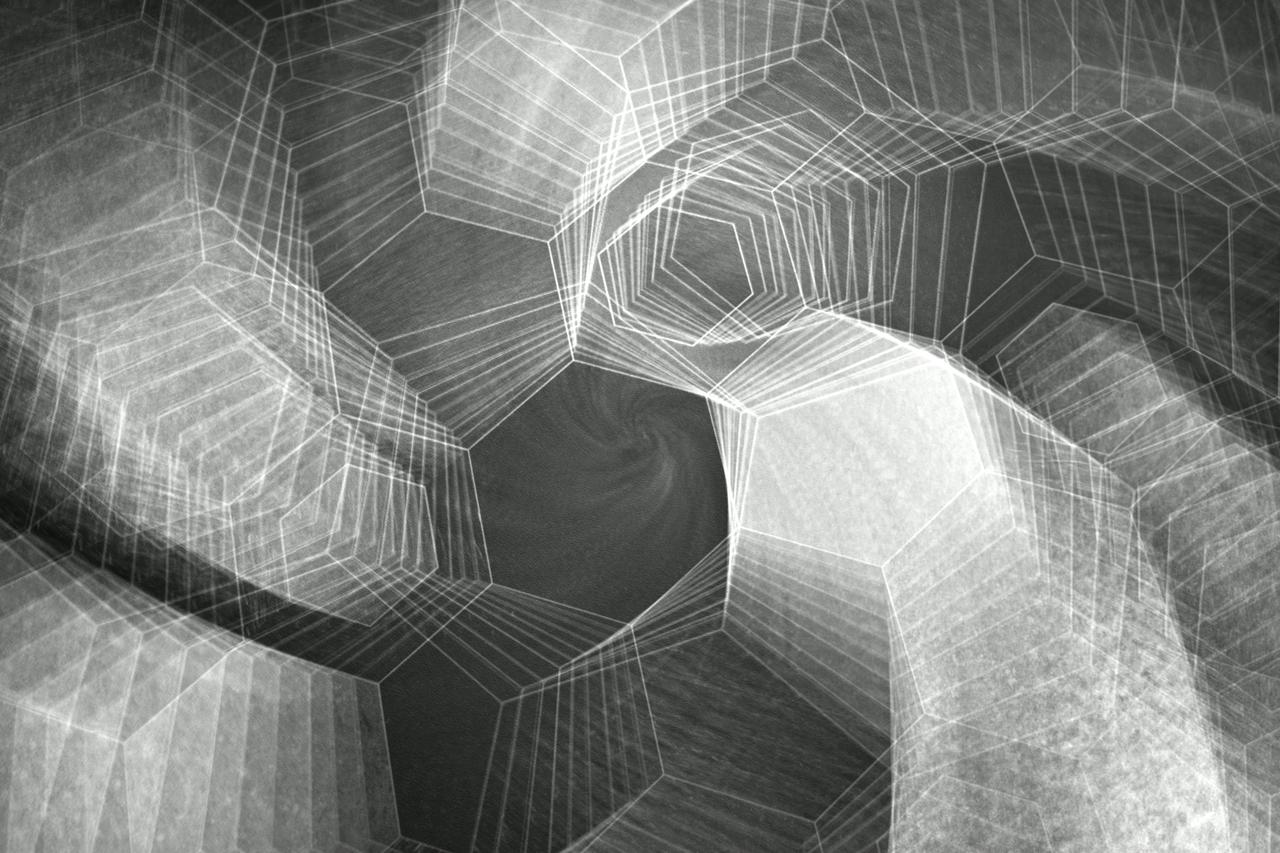Qualitative Analysis And Electrolytic Solutions

Qualitative analysis and electrolytic solutions intersect in the field of chemistry to provide insights into the composition and properties of substances. In qualitative analysis, the focus is on identifying the components of a sample based on their chemical behavior. This process often involves techniques such as precipitation reactions, complexation, and color changes, which help determine the presence or absence of specific ions or compounds.
When applied to electrolytic solutions, qualitative analysis becomes particularly significant. Electrolytic solutions, which contain dissolved ions capable of conducting electricity, are analyzed to identify the ions present. Techniques like flame tests, where metal ions produce characteristic colors, or chemical tests that involve adding reagents to induce a reaction, are used to confirm the presence of specific ions. For instance, the addition of silver nitrate to a solution might reveal chloride ions through the formation of a white precipitate of silver chloride.
The interaction between electrolytic solutions and qualitative analysis can also involve studying the electrolytic conductivity of the solution. The conductivity provides information about the concentration and mobility of ions within the solution, which can be correlated with the presence of particular electrolytes. For example, a solution with high conductivity typically contains a higher concentration of ions, indicating the presence of strong electrolytes.
Moreover, qualitative analysis in electrolytic solutions often requires understanding the chemical principles underlying ion dissociation and equilibrium. By analyzing how different ions interact and how they affect the solution’s properties, chemists can draw conclusions about the composition and behavior of the electrolytic solution. This analysis is crucial in various applications, including environmental testing, pharmaceuticals, and industrial processes, where precise identification of chemical components is essential.
Overall, the integration of qualitative analysis and electrolytic solutions allows chemists to effectively identify and characterize the ionic components of solutions, providing valuable information for both scientific research and practical applications.
Qualitative analysis focuses on understanding the nature and characteristics of phenomena without relying solely on numerical data. In the context of chemistry, qualitative analysis often involves the identification of substances and their properties through non-quantitative methods. This approach is crucial for exploring the composition and behavior of electrolytic solutions, where the emphasis is on identifying ions and their interactions rather than measuring their exact concentrations.
Qualitative Analysis in Electrolytic Solutions
In electrolytic solutions, qualitative analysis aims to detect and identify ions present in the solution. Techniques such as flame tests, precipitation reactions, and colorimetric assays are commonly employed. For instance, a flame test can reveal the presence of metal ions based on the color they emit when heated.
Identification Techniques
| Technique | Description |
|---|---|
| Flame Test | A method where ions emit characteristic colors when heated. |
| Precipitation Reactions | The formation of a solid from a solution, indicating the presence of specific ions. |
| Colorimetric Assays | Uses color changes to detect the presence of certain ions. |
Practical Application
“Qualitative analysis provides essential insights into the composition of electrolytic solutions, guiding further quantitative studies and practical applications in fields such as environmental monitoring and industrial processes.”
Analytical Methods for Electrolytes
In qualitative analysis of electrolytes, the presence of specific ions can be confirmed using reaction-based methods. For example, the reaction of chloride ions (Cl⁻) with silver nitrate (AgNO₃) forms a white precipitate of silver chloride (AgCl), which indicates the presence of chloride ions in the solution. The reaction can be represented as:
\[ \text{AgNO}_3 + \text{Cl}^- \rightarrow \text{AgCl (s)} + \text{NO}_3^- \]This method helps in identifying specific ions within a complex mixture, providing a clearer picture of the electrolytic solution’s composition.
Excited by What You've Read?
There's more where that came from! Sign up now to receive personalized financial insights tailored to your interests.
Stay ahead of the curve - effortlessly.

